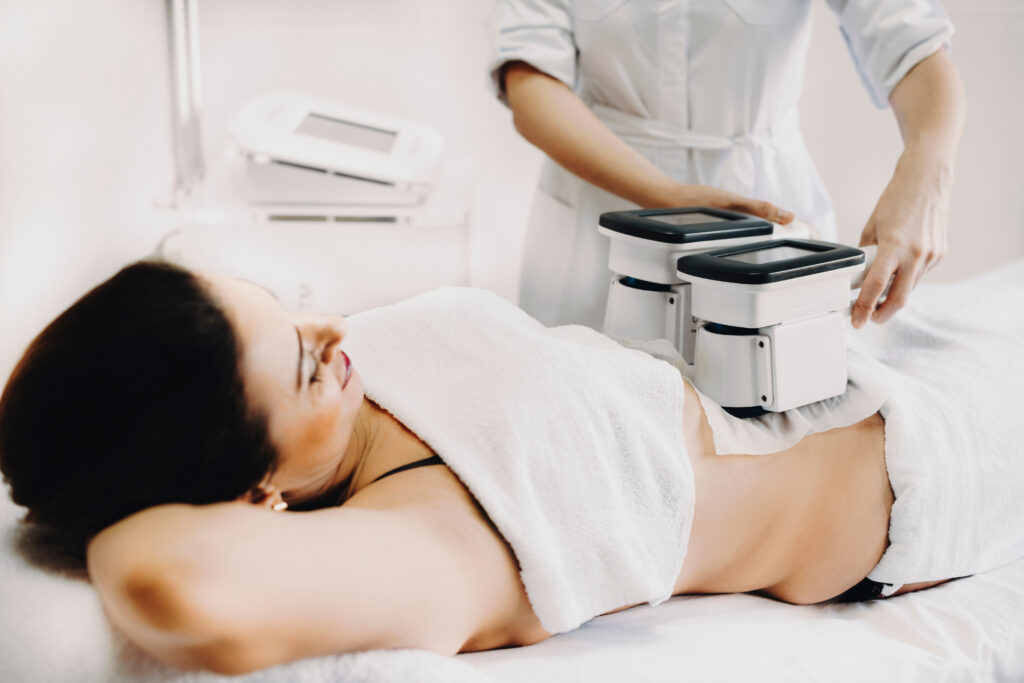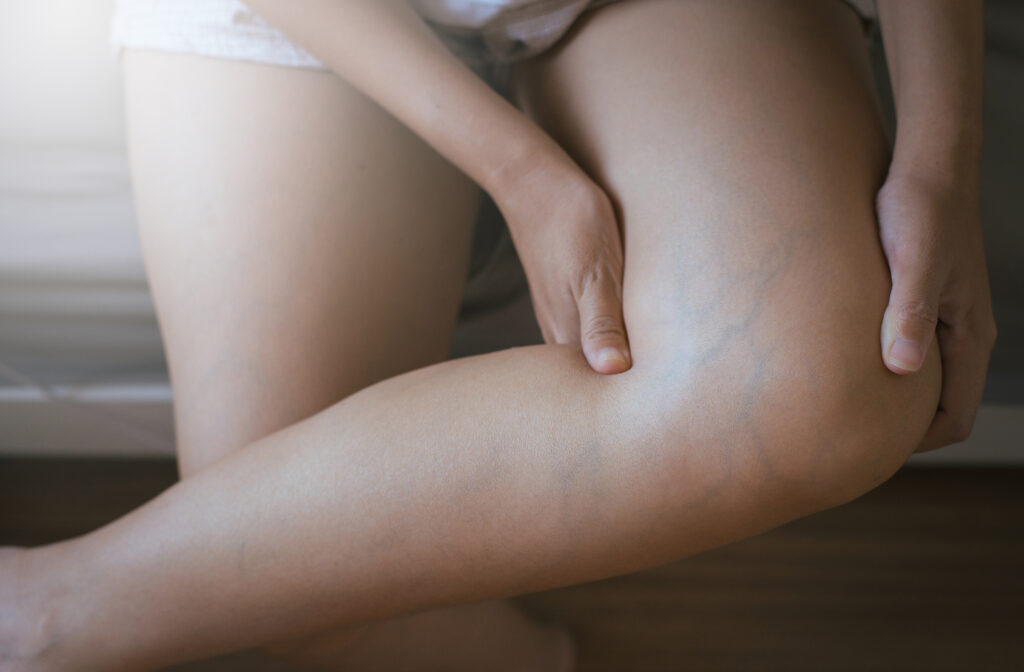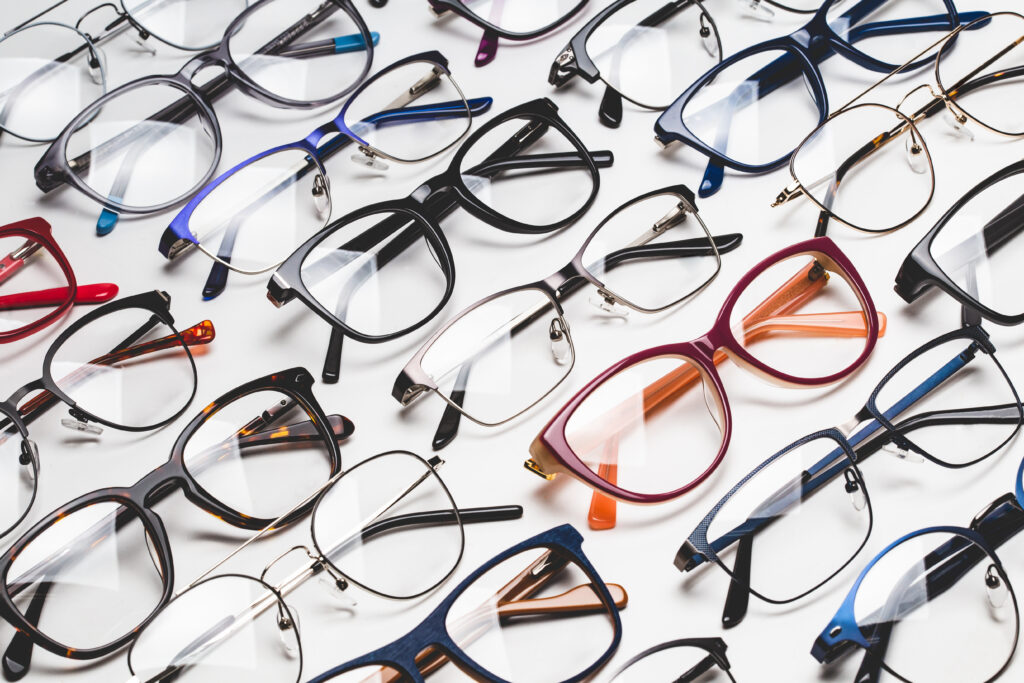
CoolSculpting is an innovative noninvasive solution to eliminating stubborn pockets of fat. This process works by freezing fat cells in the treatment area to sculpt body parts by freezing.
This procedure works by targeting and freezing fat cells with a special applicator, before processing and expulsion by your body over time.
What is CoolSculpting?
CoolSculpting is a non-invasive procedure to safely eliminate fat cells without harming surrounding tissue or creating any discomfort. It works by applying controlled cooling to the targeted area, killing fat cells as soon as the temperature drops below freezing.
To maximize results from CoolSculpting treatments in one area, multiple sessions must be administered over time. Patients usually return 4-12 weeks later for additional procedures.
After treatment, common side effects include redness, swelling, pain or tenderness, bruising, tingling sensations and skin sensitivity - however these should all dissipate within days.
Many patients report experiencing a tugging or pinching sensation during treatment. This is common and should dissipate after several minutes; during this period it's important to keep hands and arms away from treated areas to reduce bruising while maintaining temperature at an ideal level.
How Does CoolSculpting Work?
Cryolipolysis, an FDA-approved noninvasive method, freezes fat cells through a process known as cryolipolysis. Once frozen, they die off naturally over one or three months via liver removal.
Your doctor will use an applicator with vacuum technology to deliver controlled cooling to the fat cells in your treatment area.
Cryolipolysis technology targets only fat cells while protecting surrounding tissue from harm. Its freezing process, known as cryolipolysis, can target fat cells anywhere on your body.
What Can I Expect from a CoolSculpting Treatment?
CoolSculpting is a non-invasive body contouring treatment that utilizes controlled cooling to safely and effectively target and eliminate fat cells that refuse to respond to diet or exercise. As the first FDA-cleared procedure to do so, CoolSculpting allows patients to target stubborn pockets of fat that don't respond to diet or exercise alone.
Many patients experience a noticeable reduction in fat after their first CoolSculpting treatment; however, in order to make the most of it, additional recommended treatments will likely be required for optimal results.
At your consultation appointment, you and your medical provider will discuss how many sessions of treatment will be necessary and which areas you wish to address. Based on these discussions and your personal goals and expectations, they will develop an individualized treatment plan tailored specifically to you.
Some patients may experience swelling, redness and pain following their procedure; this is normal and will subside with time. Furthermore, it's not unusual to experience some temporary numbness in the treated area for short periods.
What Can I Do After a CoolSculpting Treatment?
Many are delighted by the results they can achieve through CoolSculpting, but may wonder what steps to take post-procedure to ensure their recovery is smooth and maximize their results while minimizing downtime. Luckily, there are several strategies patients can employ to help maximize results while decreasing recovery time.
Massage your treatment area once you arrive home to help decrease swelling and increase blood flow to it, which is an effective way to speed up and enhance the fat-freezing process and enhance results. Hydration is also essential to staying healthy, flushing out toxins from your system and keeping yourself feeling great.
Nonsteroidal anti-inflammatory drugs (NSAIDs) may help relieve pain and discomfort after your treatment, including taking 600mg to 800mg of ibuprofen three times a day until moderate or greater discomfort has subsided in the treated area.





